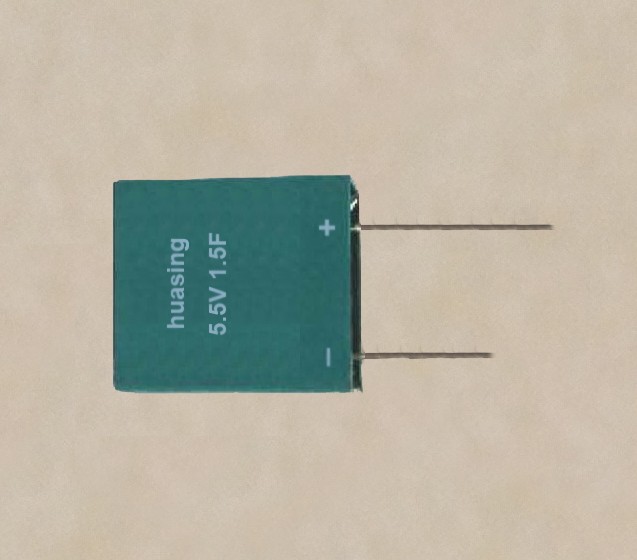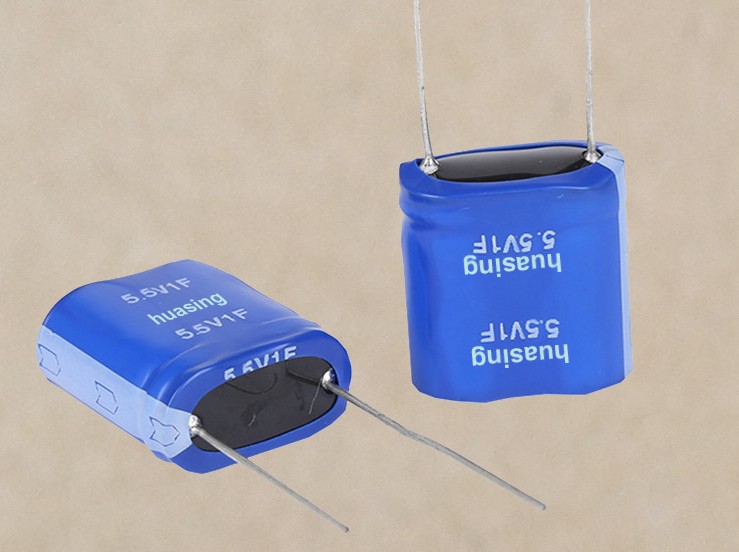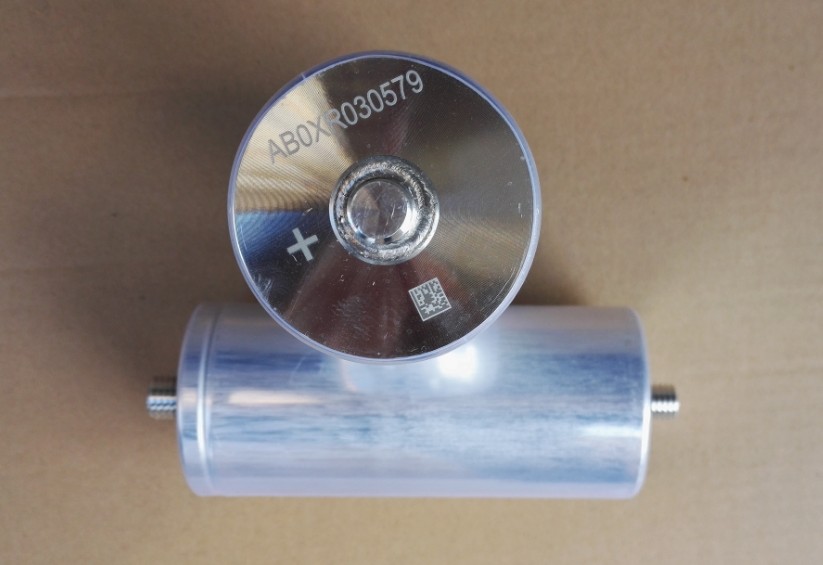Global Passive Component (Capacitor, Inductor, Resistor) Market and Lead Times in FY2013
Based on industry expert estimates, global market dollar value for FY2012 (ending March 31) is expected to decrease by 7%. The decrease correlates with the earthquake in Tohoku in March of 2011 and flooding in Thailand in October 2012. Market numbers are expected to come back in line in the June quarter when inventories will require replenishing to satisfy supply chain demand. (*Source: Paumanok Publications, Inc.)
Raw materials providers are increasingly the links in the supply chain to keep an eye on. Their ability to recover from damaged facilities in the wake of the natural disasters will play a big role in the ability for manufacturers to meet demand in the coming year(s). Material providers key to the supply chain include: electrolytic liquids, titanium materials, barium compounds and etched foils.
Highly correlated with the growth of electronic products is the growth of passive components including capacitors, resistors, and inductors. The increases in global demands and global markets for these products is also producing an increase in demand for passive components. In fact, one might argue that increased functionality for consumers and the ever changing standards and product configurations is driving a greater increase in the need for passive components. Markets that are expanding and driving increased demand for passives include, but are not limited to: smartphones, tablet computers, automobiles, commercial aircraft, medical electronics, LED lighting and oil and gas services industries around the world. These market expansions are negatively affected by the economic situation of many large countries that consume electronics (US and Europe). Net net, the market is expected to expand.
Watch as lead times are effected in 2013 by distributors around the world (including Asia) replenishing their inventories to fulfill their ever expanding global roles in supporting companies manufacturing consumer goods.

 Tel:86 0513 65085106 Fax:86 0513 81164838
Tel:86 0513 65085106 Fax:86 0513 81164838 






